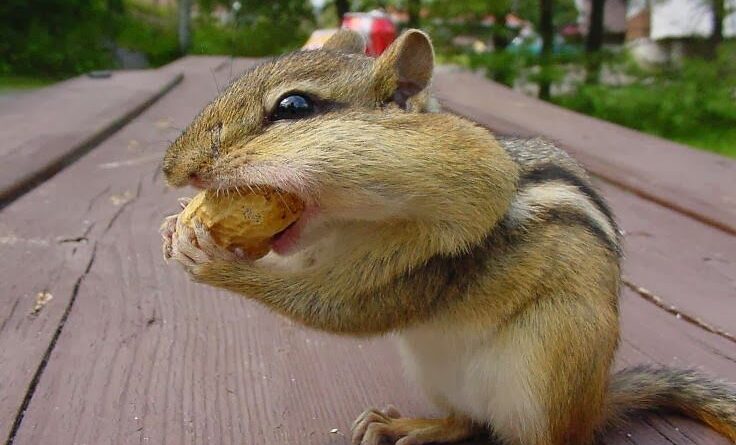Effective Chipmunk Pest Control: Safe Removal & Prevention
One must understand these charming but possibly problematic animals to manage chipmunks as pests effectively. We have compiled this detailed guide to safely identify, avoid, and remove these nimble pests from your property.
The Chipmunk Lifestyle
The little striped rodents called chipmunks are well-known for their cheek pouches and burrowing ways. Aside from when they hibernate in the winter, they usually live alone. Their primary food sources include fruits, nuts, seeds, and, on rare occasions, tiny insects and bird eggs.
Why Chipmunks Can Be a Problem
Chipmunks aren’t dangerous and help keep insect populations in check, but their destructive burrowing may ruin gardens, landscapes and even buildings’ foundations. Vegetables and bird feeders are also fair game for their theft.
Natural Repellents
Plants like daffodils and garlic, which chipmunks dislike, can be used as natural pesticides. Another option for pest control is to sprinkle bone meal or blood meal around flower beds.
Physical Barriers
Gardeners can protect their plants from chipmunks by erecting 8-inch-deep solid fencing or mesh. Protecting certain plants or sections of a garden is another possible use for hardware cloth.
Live Trapping
Humane live trapping involves utilizing peanut butter or sunflower seeds as bait. It is essential to check the traps often and release the chipmunks at least one mile from where they were caught.

Professional Removal Services
When animals become an ongoing nuisance, it’s best to call in expert wildlife removal services. They’ll relocate the animals to safe areas without harming them.
Landscaping Adjustments
Eliminating potential nesting and hiding places for chipmunks, such as ground cover and litter, is an easy way to make their surroundings less appealing. Another way to lessen the temptation is to keep the grass cut and take down any bird feeders.
Secure Food Sources
You can reduce the frequency of chipmunk visits by keeping pet food indoors and compost bins well shut. Install baffles on bird feeders to keep chipmunks from getting to the bird seed.
The Legal Side of Chipmunk Control
There may be restrictions on the capturing and relocating of chipmunks in certain regions, so it’s best to research these rules before trying removal.
To effectively manage these tiny but significant animals, homeowners and gardeners must first navigate the legal environment of chipmunk control. With their naughty behaviors and burrowing habits, chipmunks may undoubtedly become a nuisance, but it’s crucial to remove them by regional wildlife protection regulations. Comprehending and adhering to these regulations guarantees the considerate handling of chipmunks and shields individuals from possible legal consequences.
Comprehending Wildlife Protection Legislation
Regulations about the conservation of wildlife differ significantly between states. Since chipmunks are frequently regarded as protected wildlife, there are restrictions on their removal, relocation, and eradication. These regulations aim to preserve the environment’s natural equilibrium and shield certain species from destruction, particularly those that do not pose a severe threat to human activity or are not deemed invasive.
It’s best to speak with your local wildlife conservation agency or a licensed pest management company specializing in wildlife issues before taking action against chipmunks. They can offer advice on what is acceptable by law in your community. A permit could be needed to trap and move chipmunks in some circumstances.
DIY Chipmunk Removal Myths
There is no evidence that home cures like mothballs or ultrasonic devices discourage chipmunks.
Conclusion
Removal, prevention, and, in some cases, expert assistance are all necessary components of an effective chipmunk pest control strategy. By studying their habits and habitat, homeowners can learn to live with chipmunks without becoming a nuisance.
Read more: Transformative Dog Training Programs

